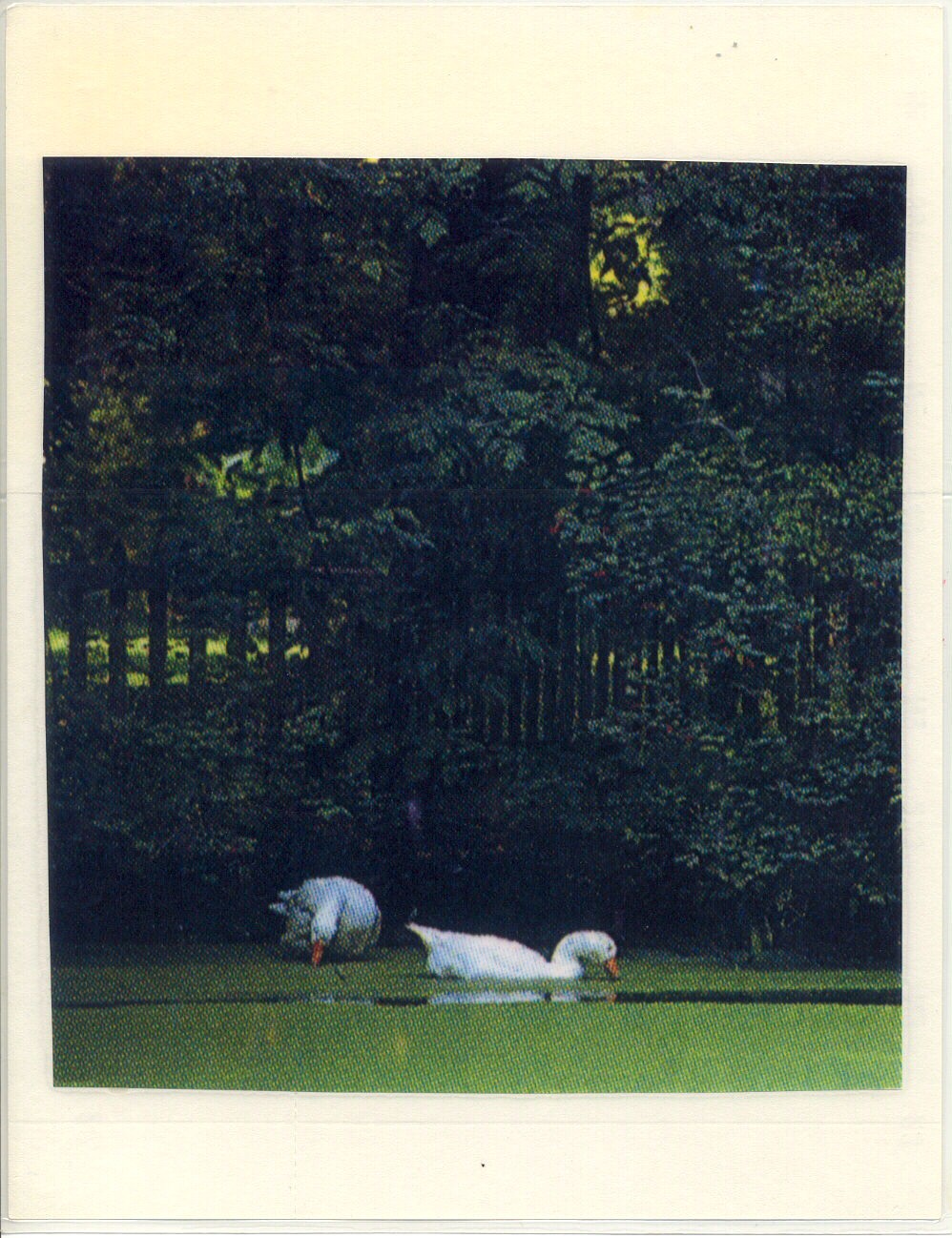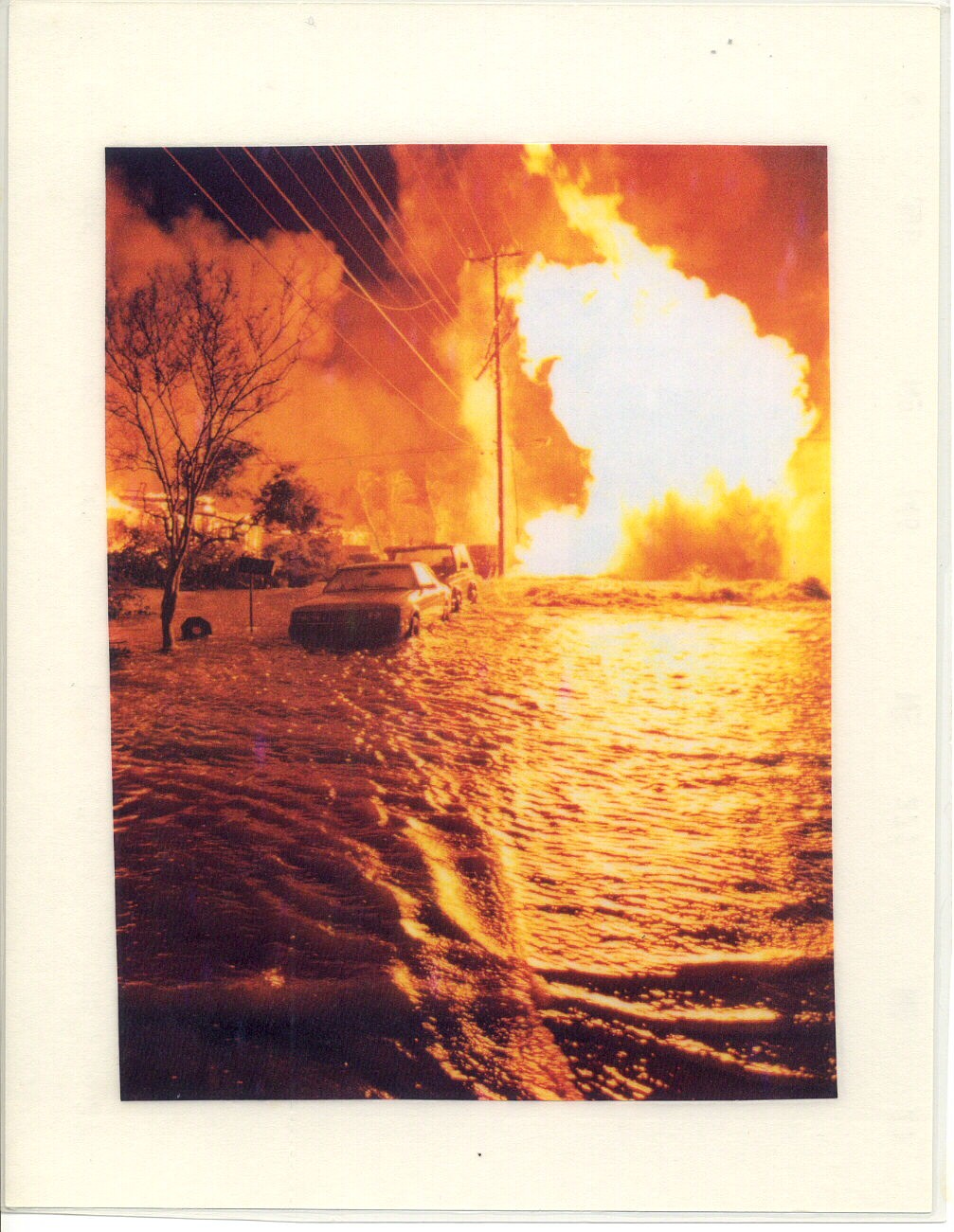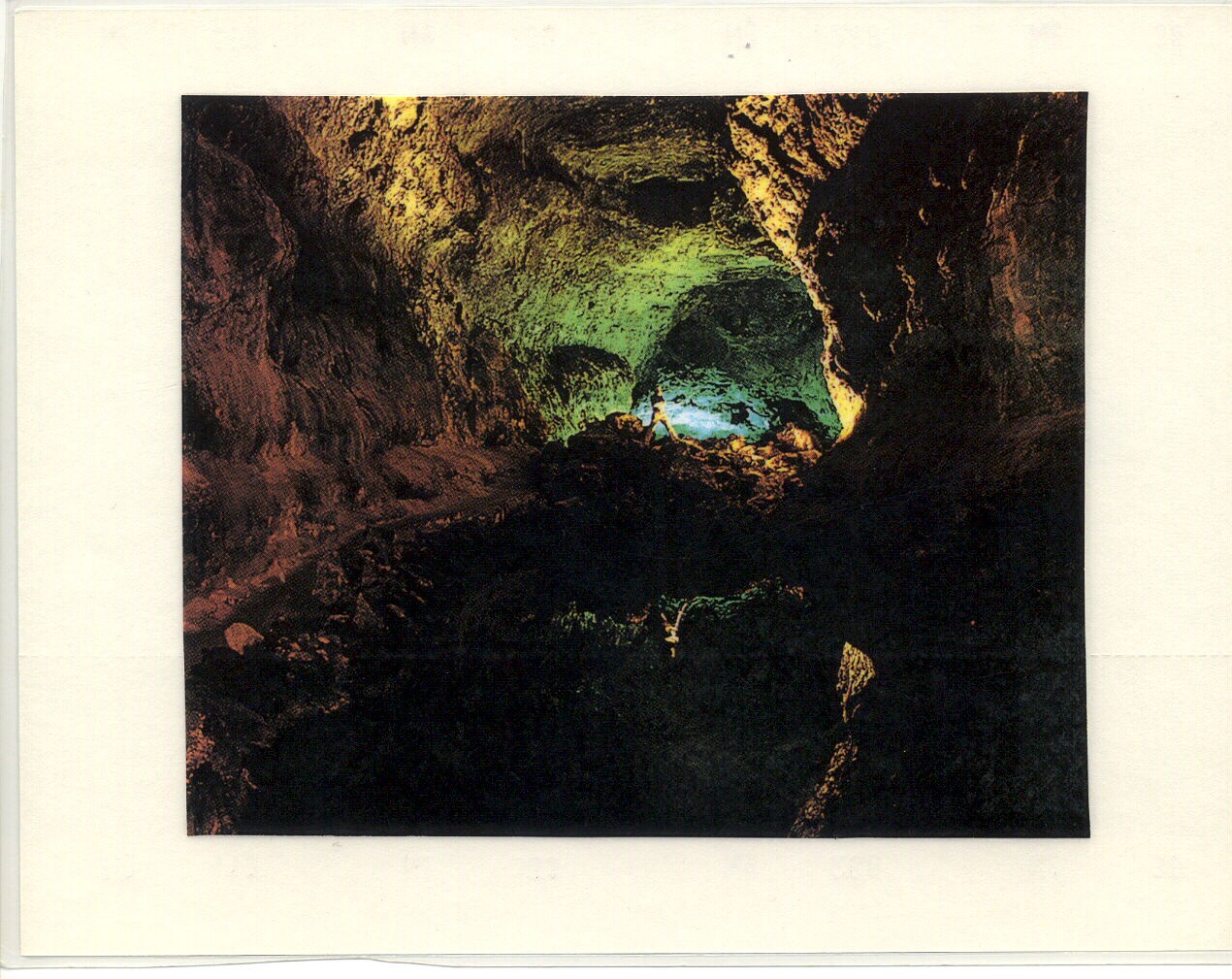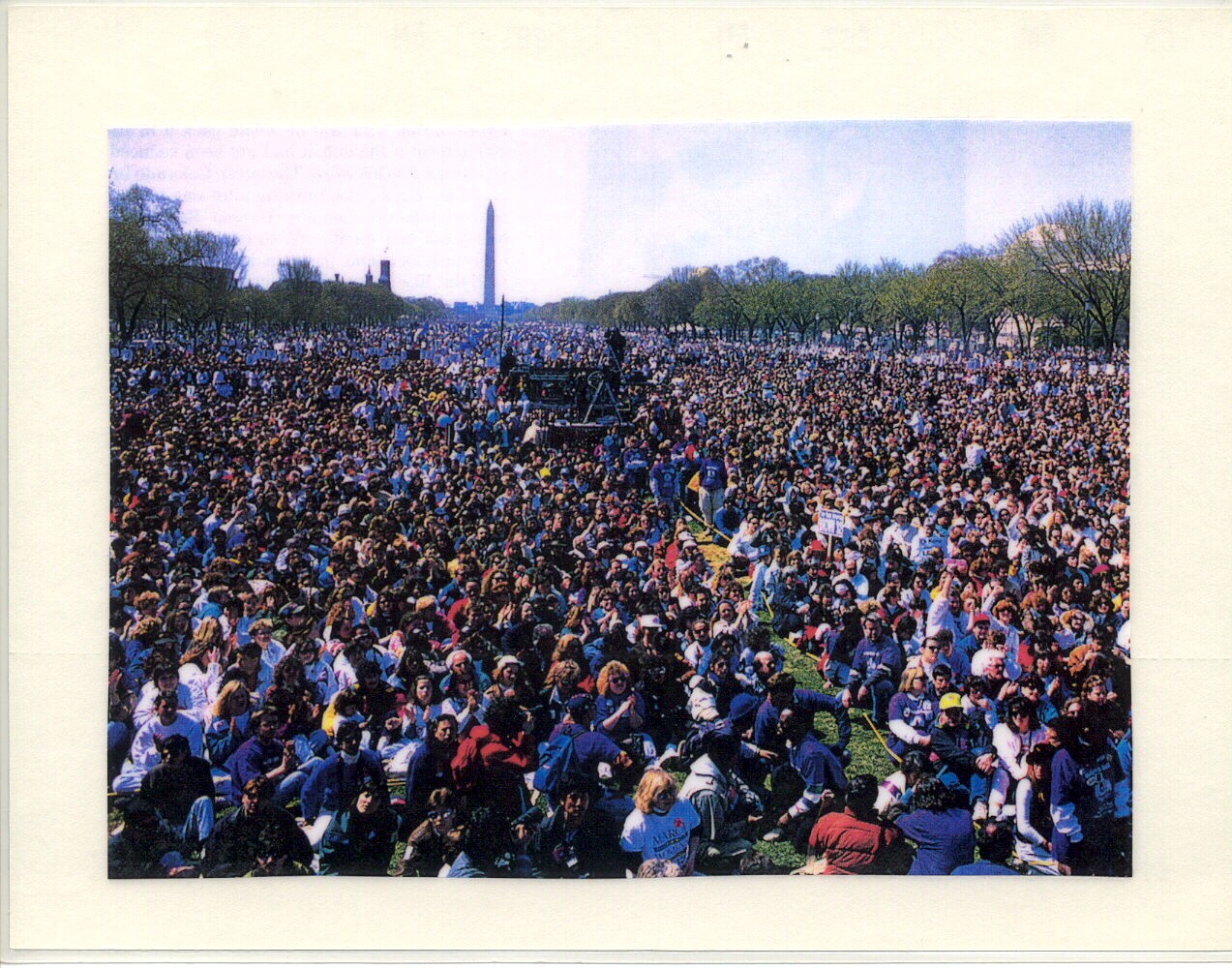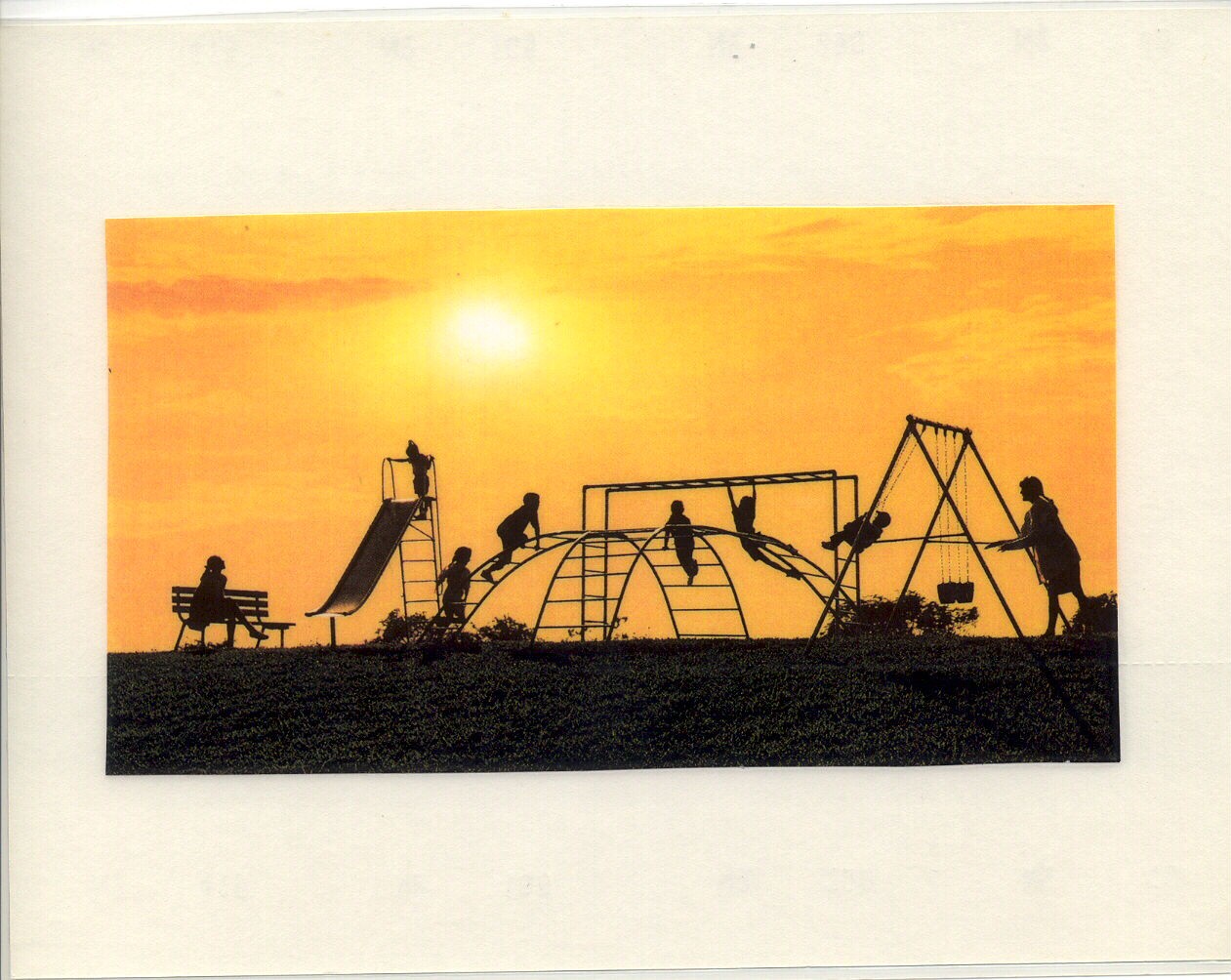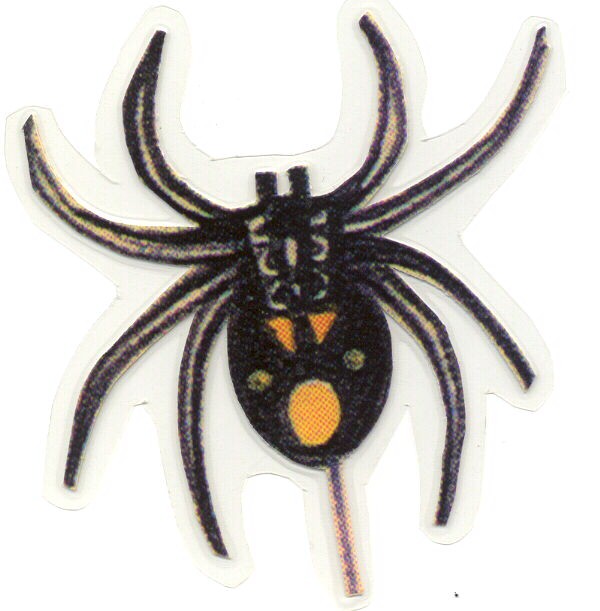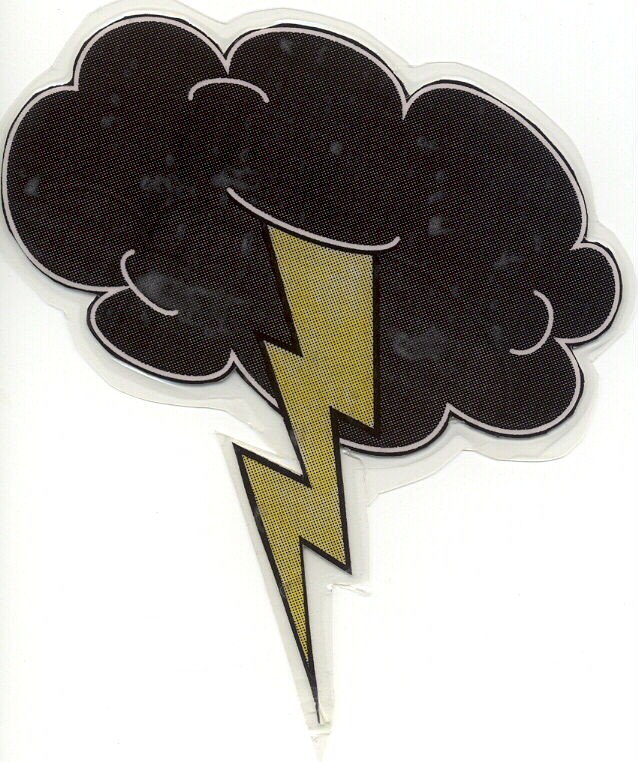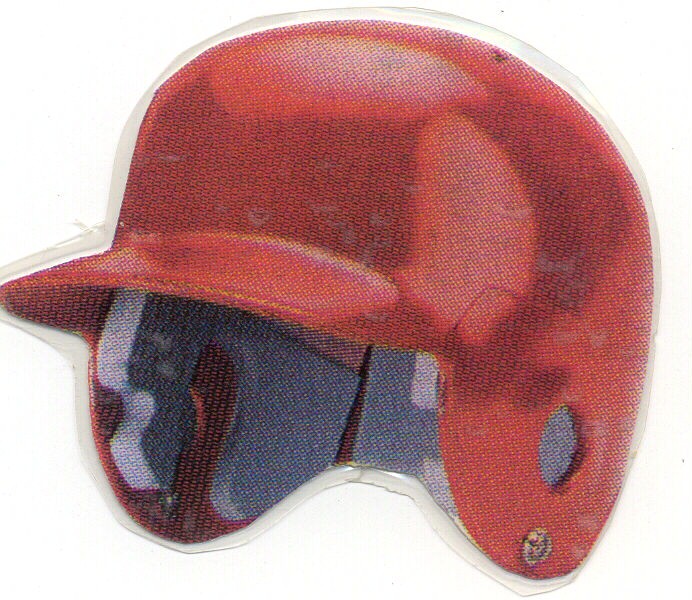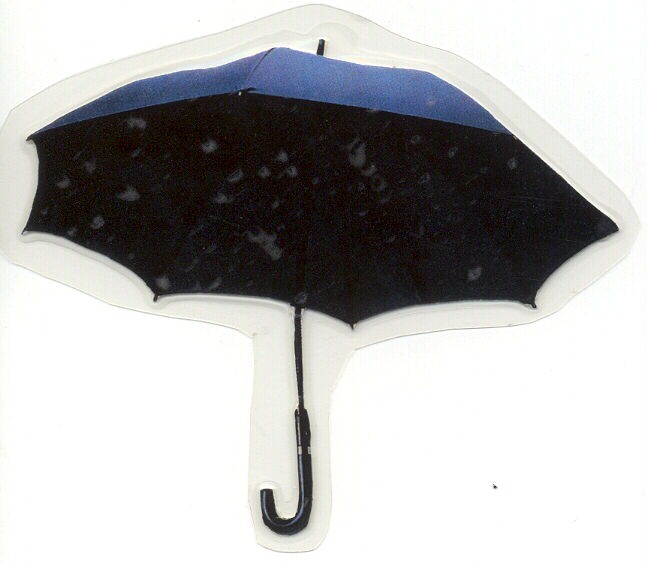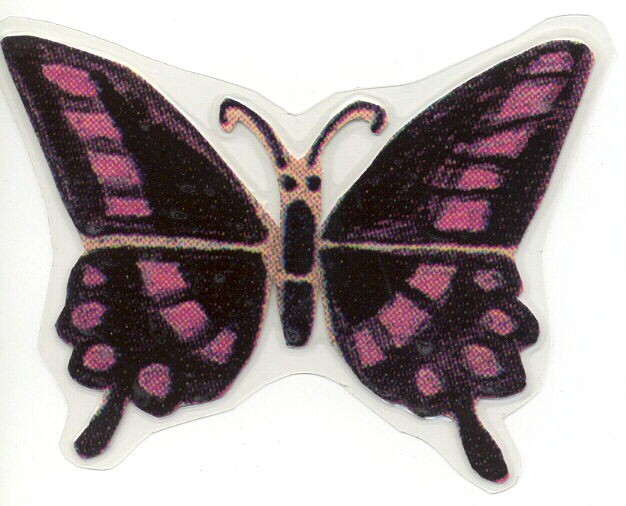|
Journal of Linguistic Anthropology Number 14 Issue 2 Visual Metaphor as Method in Interviews with Children |
||
|
The Metaphor Sort Technique uses pictures, in a child-centered informant interview, as vehicles for children to select appropriate picture-metaphors as ways of representing their feelings and experiences. In a study of asthma and diabetes, chronically ill children age five to eight were presented with pictures of scenes and were asked to select which pictures showed places that were like the illness. Below are shown examples of such scenes. |
||
|
A vaguely seen city skyline, with a bridge in the foreground covered in fog |
A vivid island sunset over a tranquil sea |
Sparkling blue waters, with the dark tails of sharks visible above the surface |
|
Two adult swans, swimming in water next to emerald green trees. Some children with diabetes chose this picture, in which the balance of the swimming swans was compared to the balance needed to control diabetes. |
Trees that have been completely devastated by fire. This scene was especially chosen by children with asthma, who found it to be an apt metaphor for the breathless, life-depleted experience of asthma. |
A flooded area lit up by the hot colors of fire burning in the background. This picture was chosen by some children with asthma, due to its representation of threat to life. |
|
A dark cave, in which one person can be seen in its dark recesses. The picture was selected by children as a metaphor for asthma, as a scene of aloneness and presumably inadequate air. |
A large dense crowd of people assembled in a city park. |
A playground with children at play, lit up by the sun. This was sometimes chosen as a metaphor for having diabetes, which was associated with pleasures more closely than was asthma. |
| Children also took part in a Metaphor Sort using cut-out pictures of objects, which children selected from in order to represent the feeling they had for particular biomedical treatment procedures. Examples of these objects appear here. Some pictures seemed to be metaphoric of children’s trust and faith in particular treatments (such as the teddy bear). Other metaphors expressed deep aversion, such as when children chose a spider and/or lightning as metaphoric of intrusive, painful, insulin injections. Some treatments were described using metaphors of protection, such as a baseball helmet, a life jacket, or an umbrella, which were common metaphors for life-saving asthma treatments. | ||



